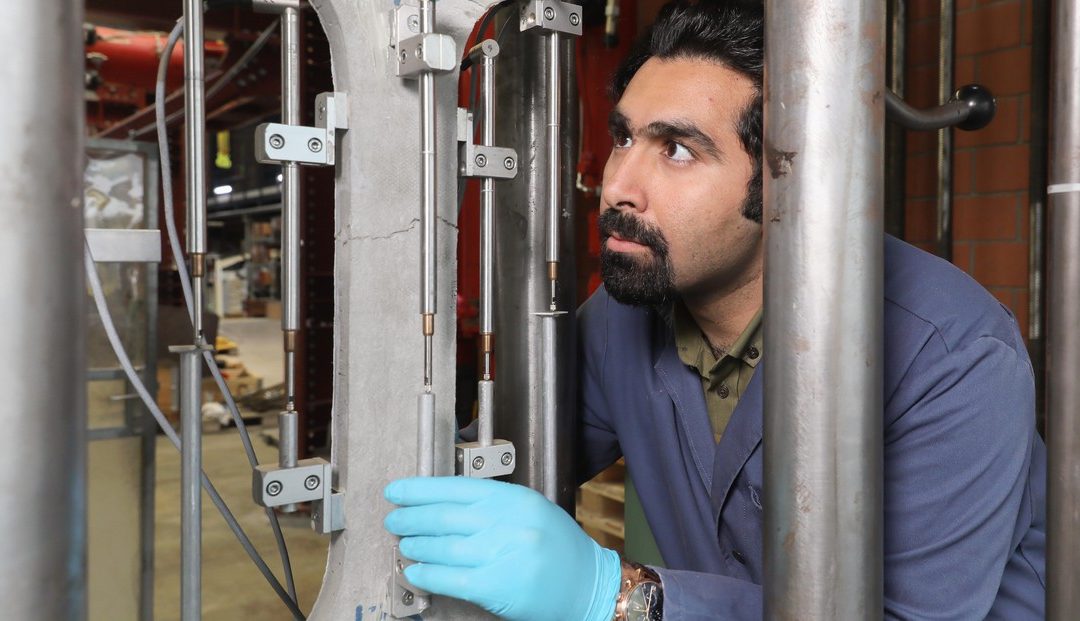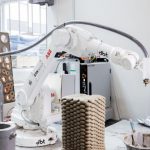The next generation of ultra high-performance fiber-reinforced concrete (UHPFRC) has just been created at EPFL.
The new material will be used to strengthen and to extend the life span of bridges and other structures – both new and old. What’s more, the process of manufacturing this material releases 60–70% less CO2 than the previous generation of fiber-reinforced concrete.
The construction industry accounts for around 40% of global CO2 emissions, much of which can be attributed to the manufacture of concrete. And countries like Switzerland, where concrete structures have flourished since the 1960s, now face the task of maintaining these structures to ensure they remain safe far into the future. This is a daunting challenge with both environmental and technical considerations.
EPFL’s Structural Maintenance and Safety Laboratory (MCS), headed by Eugen Brühwiler, has built up cutting-edge expertise in this field over the past 25 years. The MCS specializes in two areas: developing more eco-friendly concrete, and carrying out increasingly sophisticated, largely monitoring-based, assessments of existing structures, such as road and rail bridges in Switzerland and around the world.
READ MORE





Recent Comments